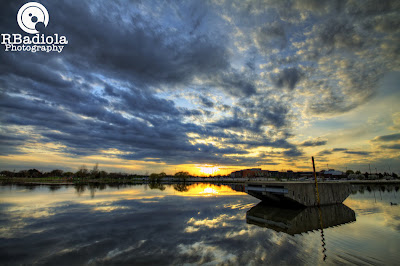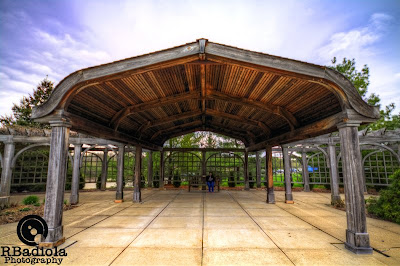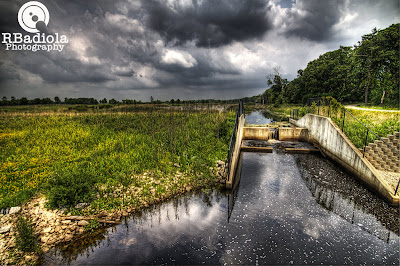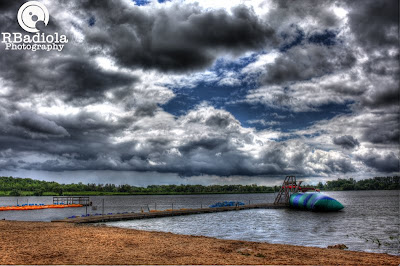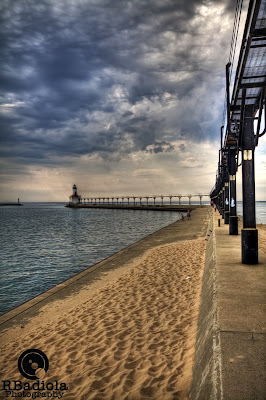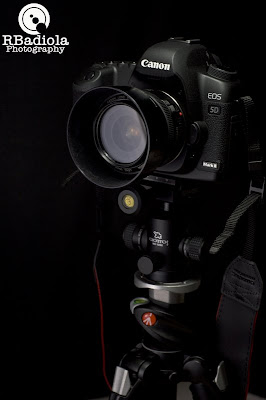
I've been wanting a full frame body for quite a while now and I couldn't resist the urge to get one...and I finally did. A package arrived on wednesday containing the handsome camera body that I ordered online. It's finally here! My Canon 5D MK2!
I'm not really wowed by opening the package because I use the same camera at work. So it really is not new to me. Though I'm so excited that I finally own one! I know that it has been long overdue that I have one...hahahaha.
I really don't have to review the features of it here in my blog as the reviews about this camera is everywhere. So I'll just emphasize on the key features I love about this little beast.
The thing that really sold me to this body is the sensor size. I know I'm the type of person that usually says that nice photos are a product of the photographer and not the camera itself but being a photographer who has seen tons of images shot from different types of cameras, I can conclude that if you usually look at your images at 100% the images taken from a full frame camera is superior to the ones taken with cameras with smaller sensor sizes. The comparison is even more visible if you look at images taken from a medium or a large format camera. Well, basically the principle is that the larger the sensor size is, the more it takes light in and it gives you more detail per pixel.
Having said that, having a full frame camera does not really make you a better photographer. You still have to apply the basic principles of photography. But a highly capable body in the hands of a very good photographer is the perfect combination to getting superb shots.
The 5D MK2 has the ability to use ISO 50 via the extended iso menu. ISO 50 is very useful for studio shots as it allows you to use a shallow depth of field for your aperture. Very useful if you are using around 3 or 4 lights that will otherwise overexpose your image if you're at ISO 100. So you don't have to use an nd filter in the studio.
It basically has the same bells and whistles as my older 50D such as the metal body, pc port for studio flashes, micro lens adjustment etc. The burst speed though is slower than my 50D. My 50D is fast...and I mean fast! Very useful for photographing birds in flight and sports and anything that moves fast. That is the downside to it. Though I'll still trade that for a bigger sensor. THE BIGGER SENSOR IS WHAT MATTERS MOST.
I know that anytime soon that Canon is going to release a MK3 version of the 5d. Though it really doesn't bother me. The MK2 has all the features that I have wanted in a body.



